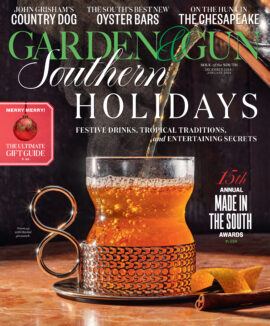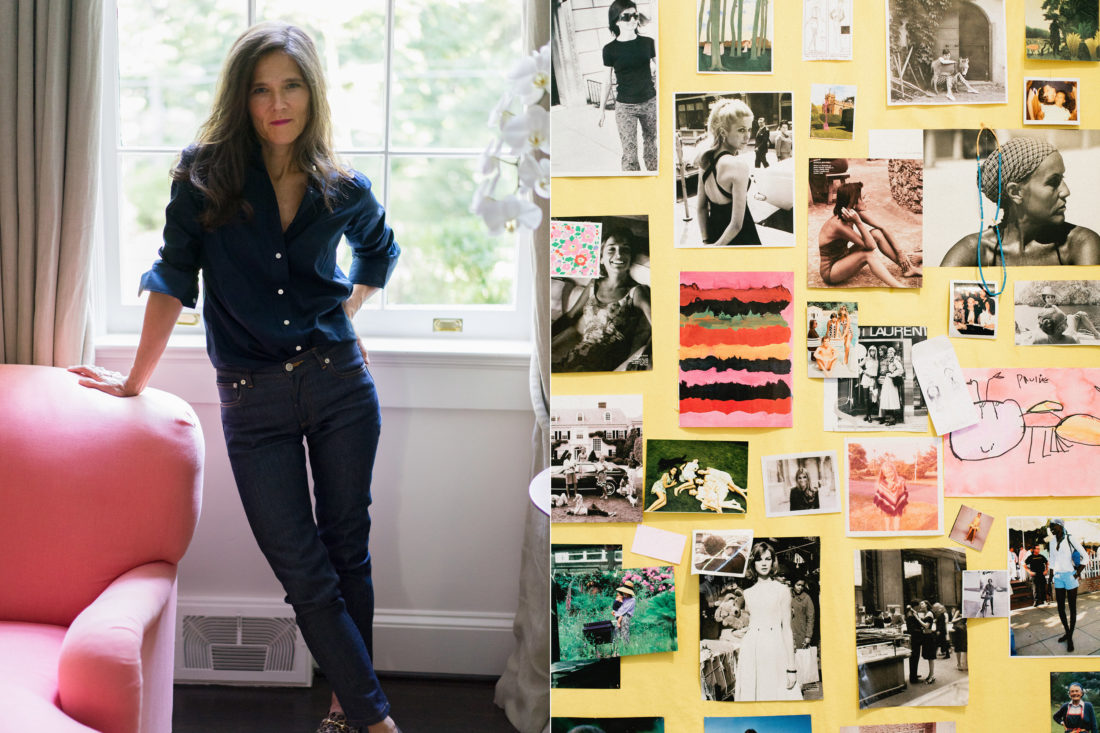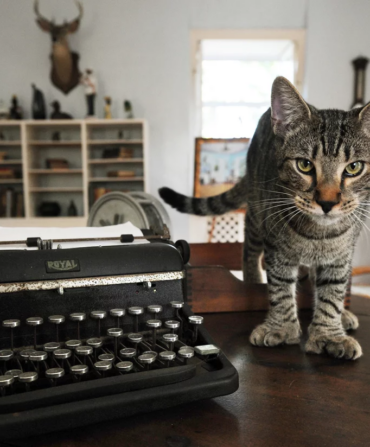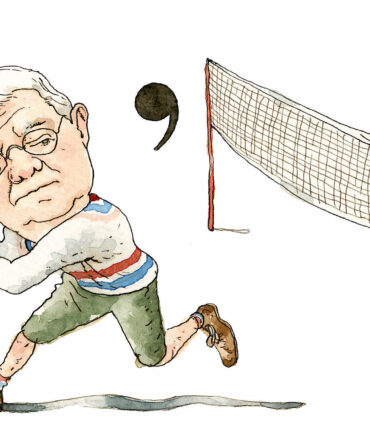Sid and I met each other in New York in our early twenties, both working in fashion and just beginning to figure things out. We grew up together in many ways—personal style was a big one. As Sid says, “You gotta own it,” and we really learned how to own it together.
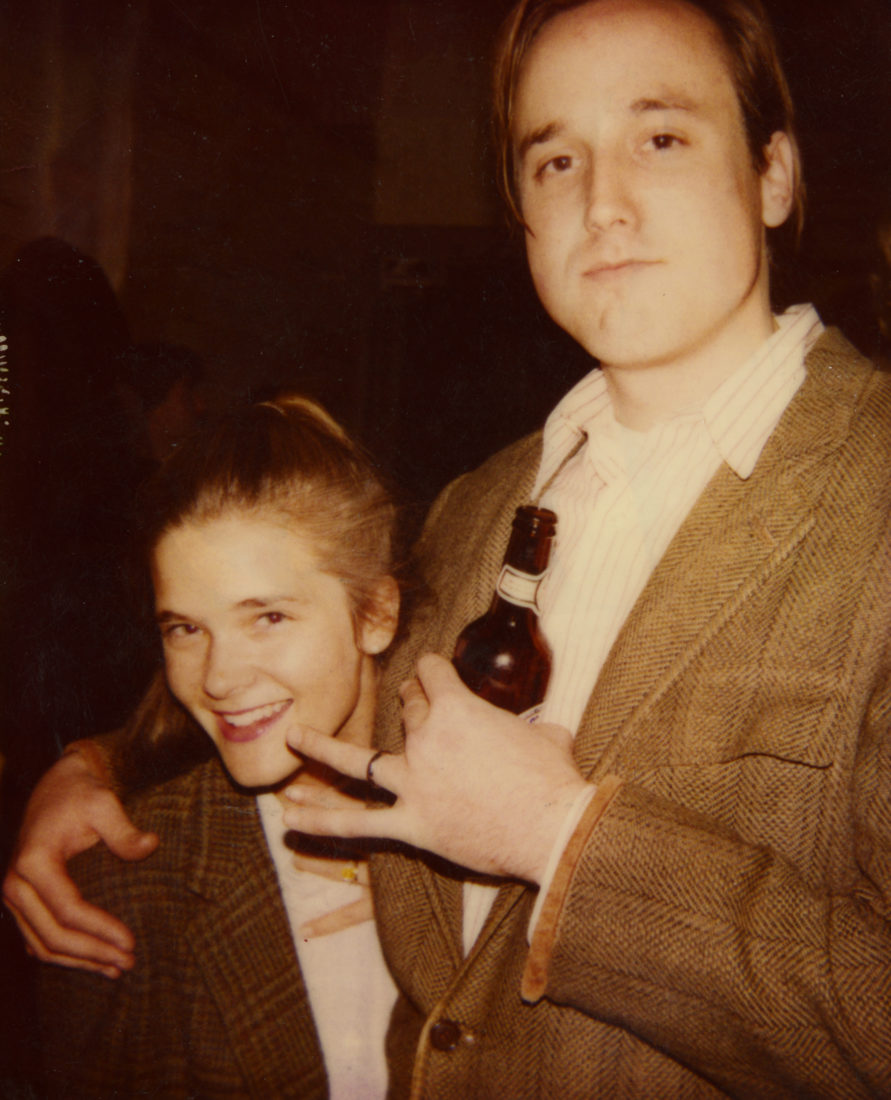
Photo: Courtesy of Ann Mashburn
Ann and Sid Mashburn in the 1980s.
I was working at Vogue then, as an assistant to editor Polly Mellen. A magazine job meant that classic tear sheets became my language—a way to catalog who I wanted to be. Fashion magazines are fantasyland, for sure, and each day was for me not so much about which pieces I would wear as much as who I wanted to be for the day. It was like playing dress-up in a couple of favorite aesthetics: preppy in one of Sid’s striped shirts, downtown hipster in Agnès B., Western girl in Ralph Lauren and a big old belt buckle—each of those ideas still holds a strong place in my closet to this day.
I can remember looking at a Bill King photo in Vogue in 1985: a blond model, Ashley Richardson, leaping across the page in ivory jeans and a big sweater. She looked like the me that I wanted to be: tomboyish, not too sexy. Jeans like that may seem ubiquitous today, but I spent months searching all over New York for that exact color denim. And when I found them (Wrangler, stone colored, boot cut), I wore them every weekend for the next ten years until I could no longer force the threads on the backside to stick to the iron-on patches.
Today I sell hundreds of pairs of white jeans with all sorts of simple sweaters like the ones I saw in those pictures in my Ann Mashburn stores. My favorite pair of Chelsea-Western suede boots have also found their place in my line (and on my feet!), compliments of, I now realize, that exact same Polo cowgirl imagery I loved so much as a young woman. For me, personal style starts with imagination: Who do I want to be and how do I want to dress? Inside out, so to speak.
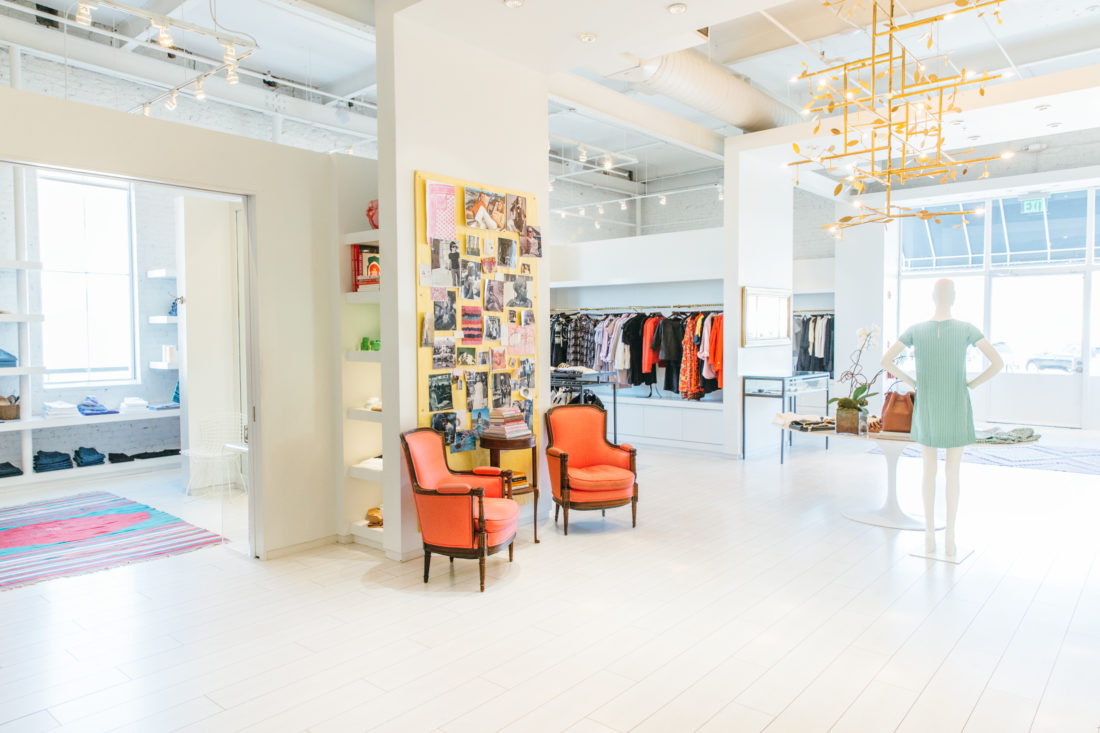
Photo: Courtesy of Ann Mashburn
Ann Mashburn’s Atlanta store.
When I first met Sid, I spotted him from twenty yards away on a beach on Long Island. He was wearing pink swim trunks with Lilly Pulitzer–style turtles on them. His hair was long, shoulder length, and he had Mardi Gras beads on his neck. Sort of a preppy-hippie type of thing. He hasn’t fallen that far from this look. And if magazines and styling shaped my own sense of style, Sid’s was cemented in the television shows he watched during his 1960s childhood in Mississippi: I Spy, Get Smart, The Wild Wild West, The Dick Van Dyke Show. He still has a copy of a letter he wrote to his older sister away at college—“Hurry up and send my choker, and look for me some green pants,” certain even at age eleven of the exact look he was going for, and exactly what he needed to make it happen.
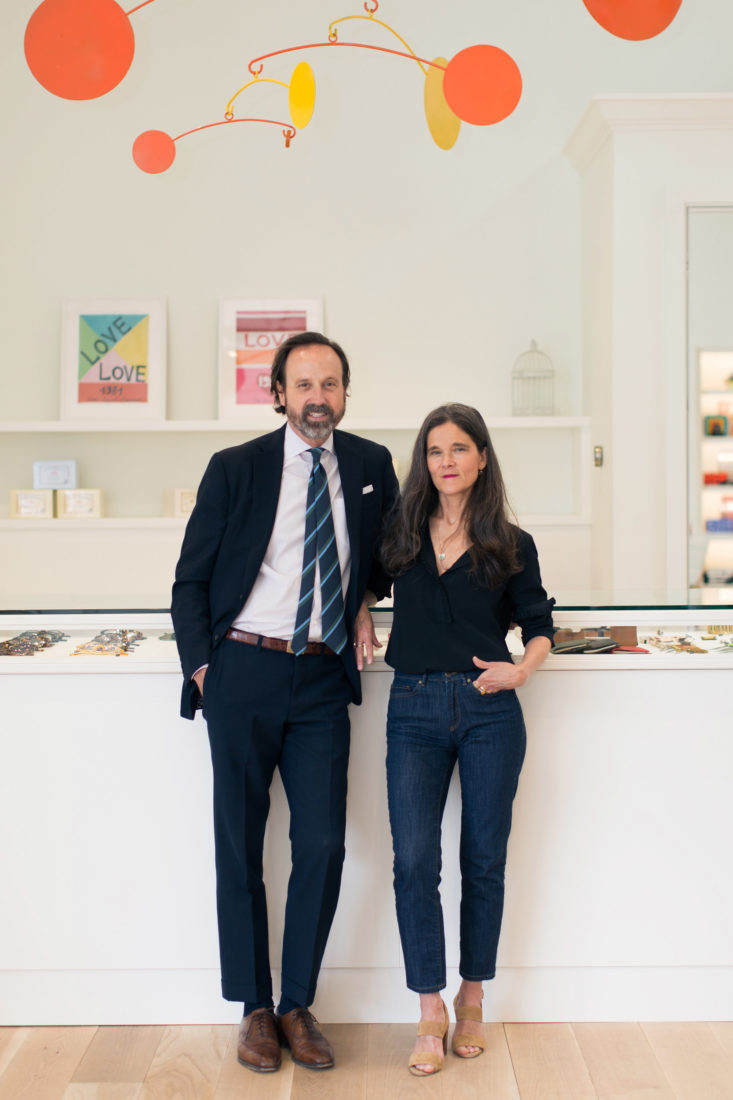
Photo: Courtesy of Ann Mashburn
Sid and Ann Mashburn in her Atlanta store.
He always credits Sidney Poitier and Dick Van Dyke and his older siblings as his main inspirations, and he always liked that slim, tailored look, but he went rogue sometimes. He tried out a lot of things that were a lot more out-there—butcher’s coats, dental smocks, drawstring cargos, jelly sandals—and I am sorry I was not around for that. But I can tell you that for as long as I’ve known him, he’s looked just like he does today. The slim, sixties-influenced suits that his line has become known for have been in his mind for a long time. And he still wears the beads—now they’re just hidden underneath his shirt.

